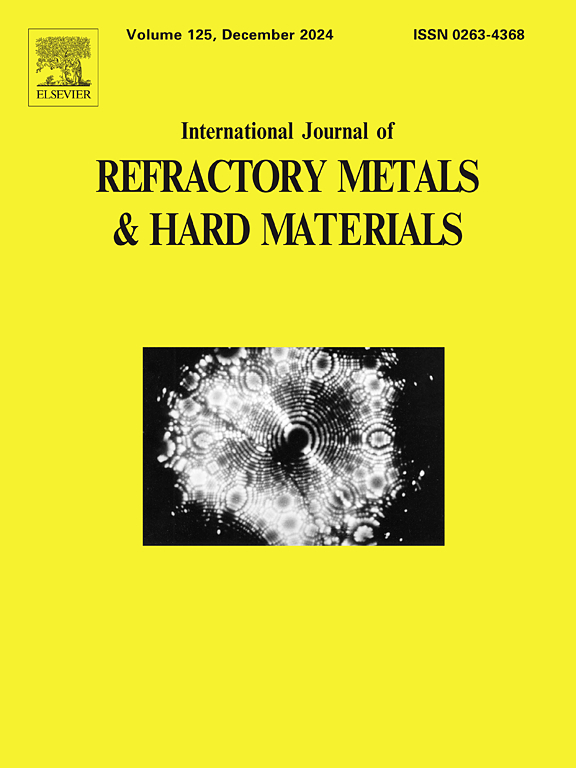预测难熔金属高熵氮化涂层硬度和模量的叠加机器学习模型
IF 4.6
2区 材料科学
Q2 MATERIALS SCIENCE, MULTIDISCIPLINARY
International Journal of Refractory Metals & Hard Materials
Pub Date : 2025-05-21
DOI:10.1016/j.ijrmhm.2025.107243
引用次数: 0
摘要
难熔金属高熵氮化物(RHEN)涂层由于其优异的力学性能,在极端环境中得到了广泛的应用。然而,传统的优化工艺参数的试错方法效率低下且成本高昂。为了解决这一限制,本研究提出了一个堆叠机器学习框架来准确预测RHEN涂层的硬度和模量。采用随机森林(Random Forest, RF)和XGBoost等7种异构算法构建基础学习器和元学习器。硬度叠加模型获得了满意的精度(R2 = 0.9011),比单个模型的精度提高了10%。此外,利用Shapley加性解释(Shapley Additive explanation)阐明了每个特征对硬度和模量的影响。用实验结果验证了所得的叠加模型。结果表明,该叠加机器学习模型能够提高单个模型的精度,并能准确预测RHEN涂层的硬度和模量。本文章由计算机程序翻译,如有差异,请以英文原文为准。
Stacking machine learning models for predicting hardness and modulus in refractory metal high-entropy nitride coatings
Refractory metal high-entropy nitride (RHEN) coatings have attracted significant attention for extreme environmental applications due to their outstanding mechanical properties. However, traditional trial-and-error methods for optimizing process parameters are inefficient and costly. To solve this limitation, this study proposes a stacking machine learning framework to predict the hardness and modulus of the RHEN coatings accurately. Seven heterogeneous algorithms, including Random Forest (RF) and XGBoost, were employed to construct base learners coupled with a meta-learner. The stacking model of hardness achieved a satisfactory accuracy (R2 = 0.9011), which is 10 % higher than that of individual models. Additionally, the impact of each feature on the hardness and modulus was clarified using SHAP (Shapley Additive Explanations). The obtained stacking model was validated with experimental results. This result indicates that the stacking machine learning model is capable of enhancing the accuracy of individual models and precisely predicting the hardness and modulus of RHEN coatings.
求助全文
通过发布文献求助,成功后即可免费获取论文全文。
去求助
来源期刊
CiteScore
7.00
自引率
13.90%
发文量
236
审稿时长
35 days
期刊介绍:
The International Journal of Refractory Metals and Hard Materials (IJRMHM) publishes original research articles concerned with all aspects of refractory metals and hard materials. Refractory metals are defined as metals with melting points higher than 1800 °C. These are tungsten, molybdenum, chromium, tantalum, niobium, hafnium, and rhenium, as well as many compounds and alloys based thereupon. Hard materials that are included in the scope of this journal are defined as materials with hardness values higher than 1000 kg/mm2, primarily intended for applications as manufacturing tools or wear resistant components in mechanical systems. Thus they encompass carbides, nitrides and borides of metals, and related compounds. A special focus of this journal is put on the family of hardmetals, which is also known as cemented tungsten carbide, and cermets which are based on titanium carbide and carbonitrides with or without a metal binder. Ceramics and superhard materials including diamond and cubic boron nitride may also be accepted provided the subject material is presented as hard materials as defined above.

 求助内容:
求助内容: 应助结果提醒方式:
应助结果提醒方式:


